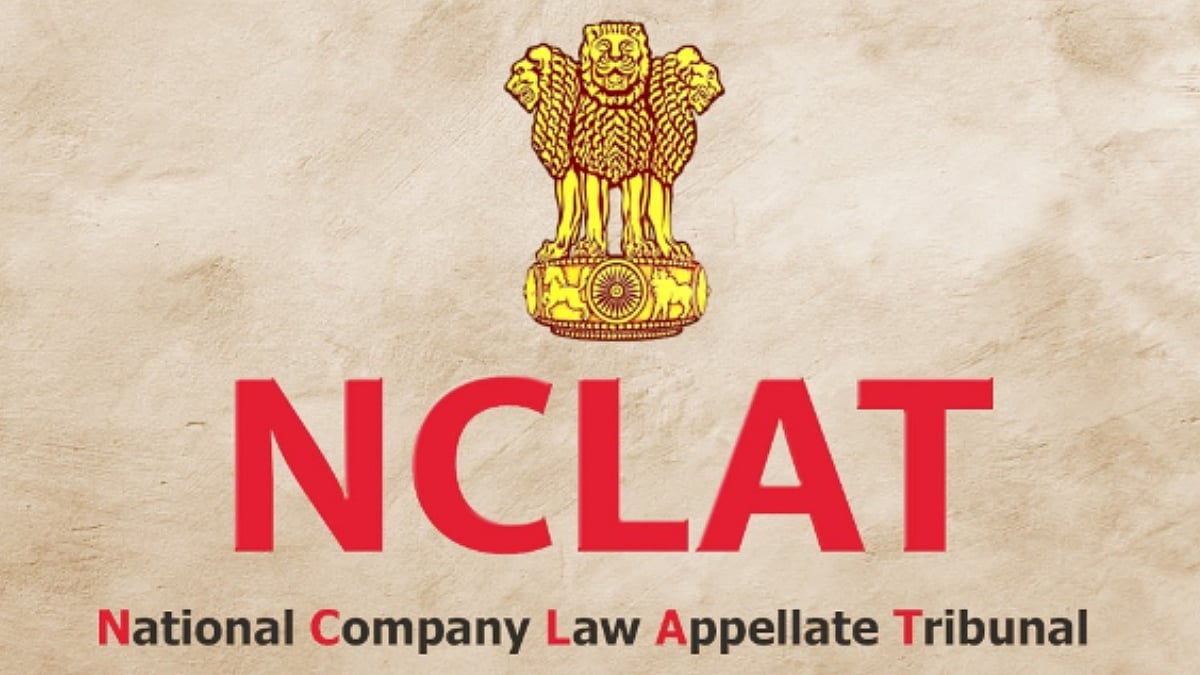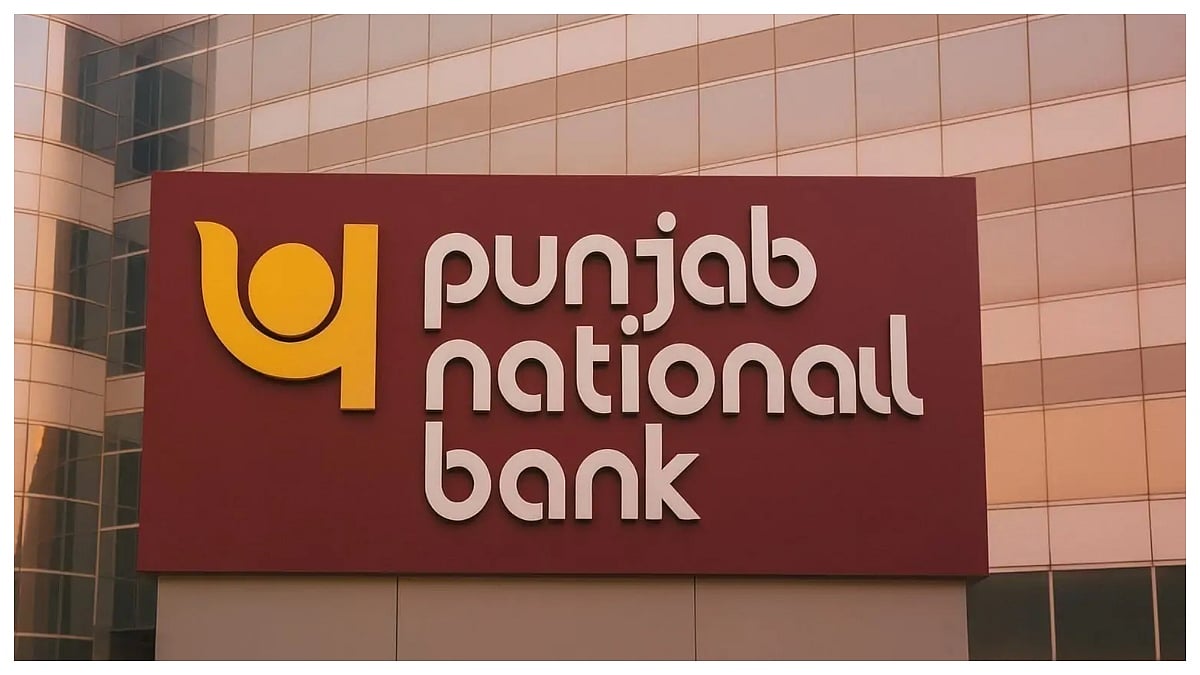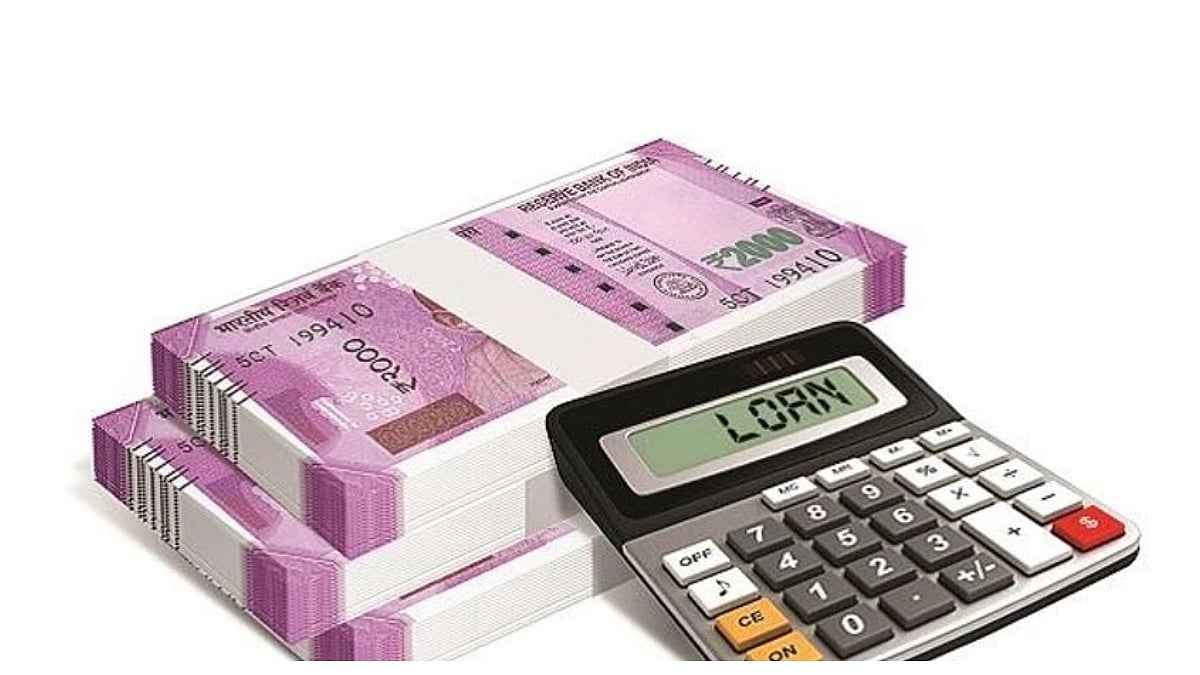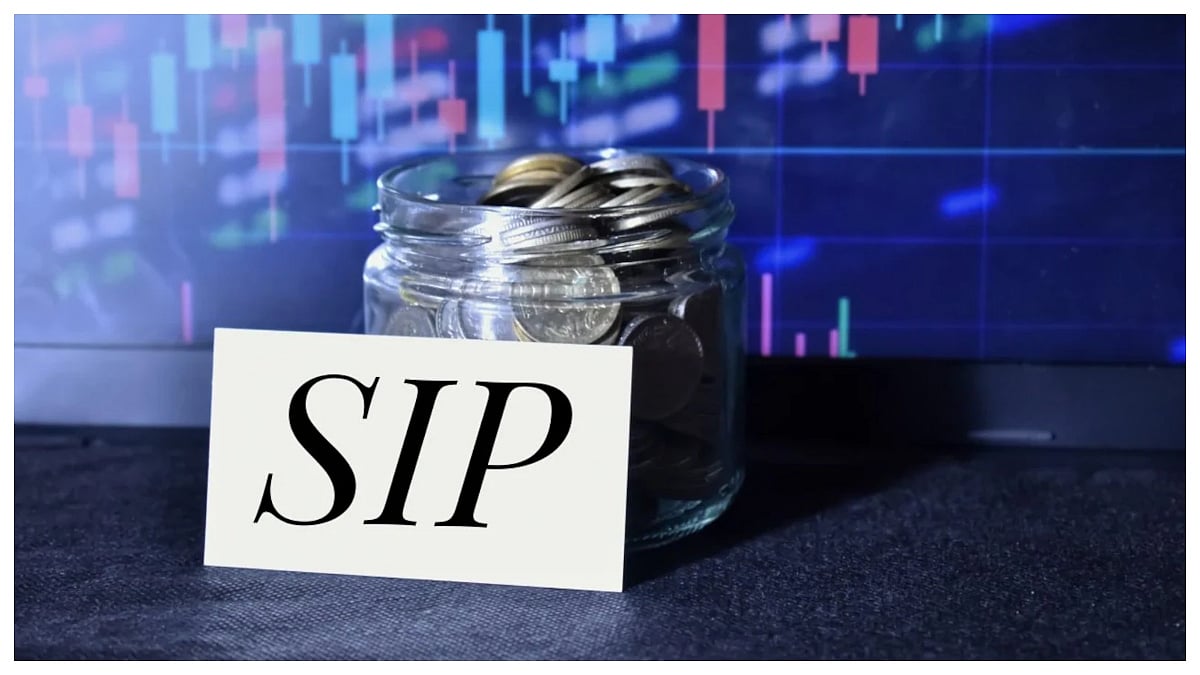Flashback 2017: Big economic developments of the year
RECENT STORIES
FIIs Set For 2026 Comeback, Analysts Forecast Inflows Amid Strong GDP & Earnings Recovery

NCLAT Upholds NCLT Order, Rejects Equitas Bank's Insolvency Plea Against Jumbo Finvest

PNB Exposes ₹2,434 Crore Loan Fraud By Former Srei Promoters, Flags Evergreening & Connected...

Banking Sector Outlook Brightens: Capital Market Company Elara Forecasts Strong Q3 FY26 Loan Growth

SIP Inflows Surge Past ₹3 Lakh Crore First Time In 2025

